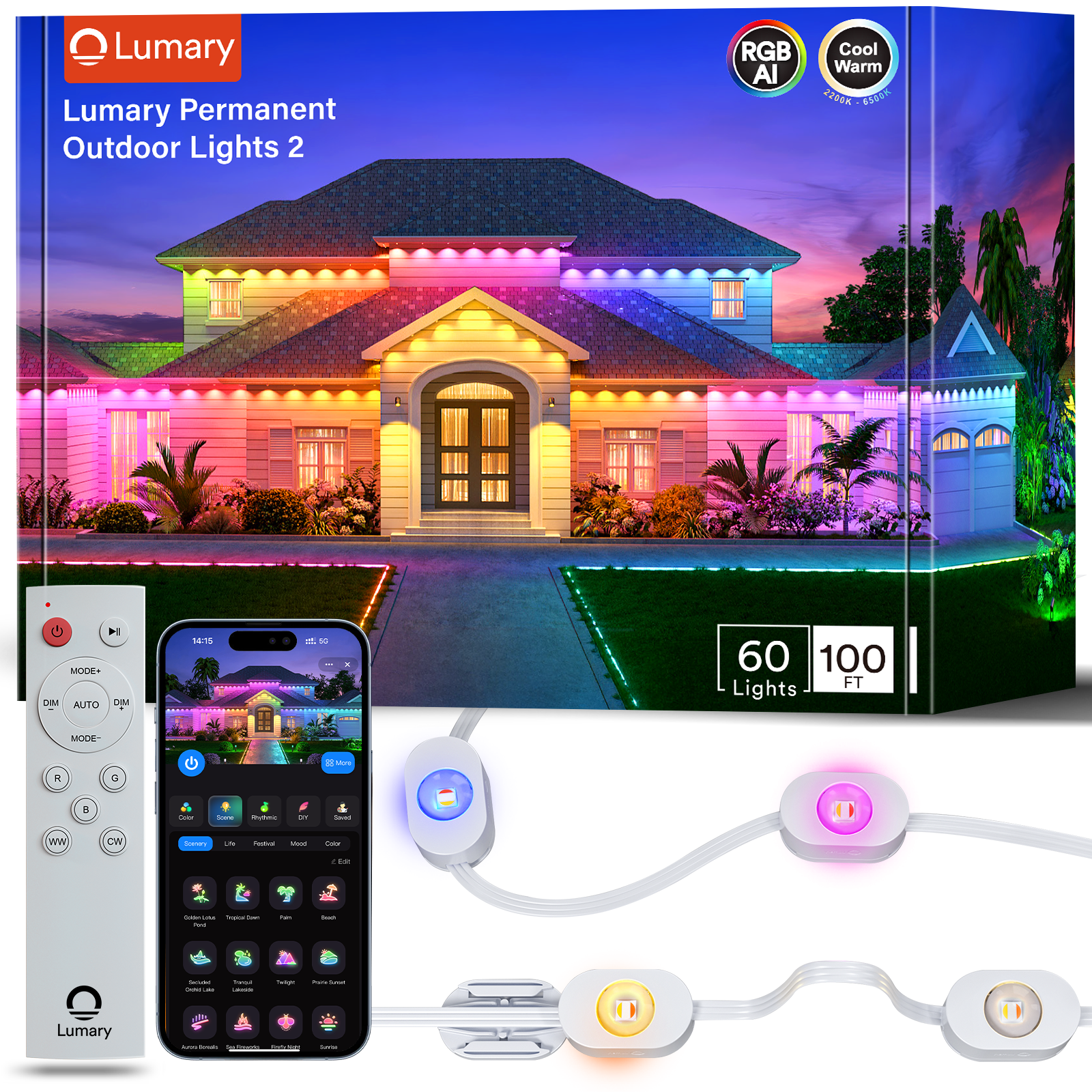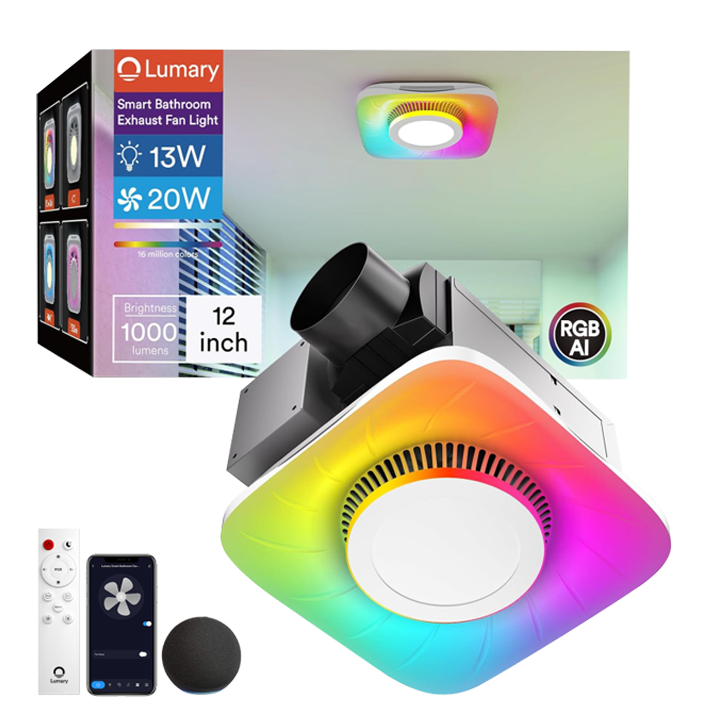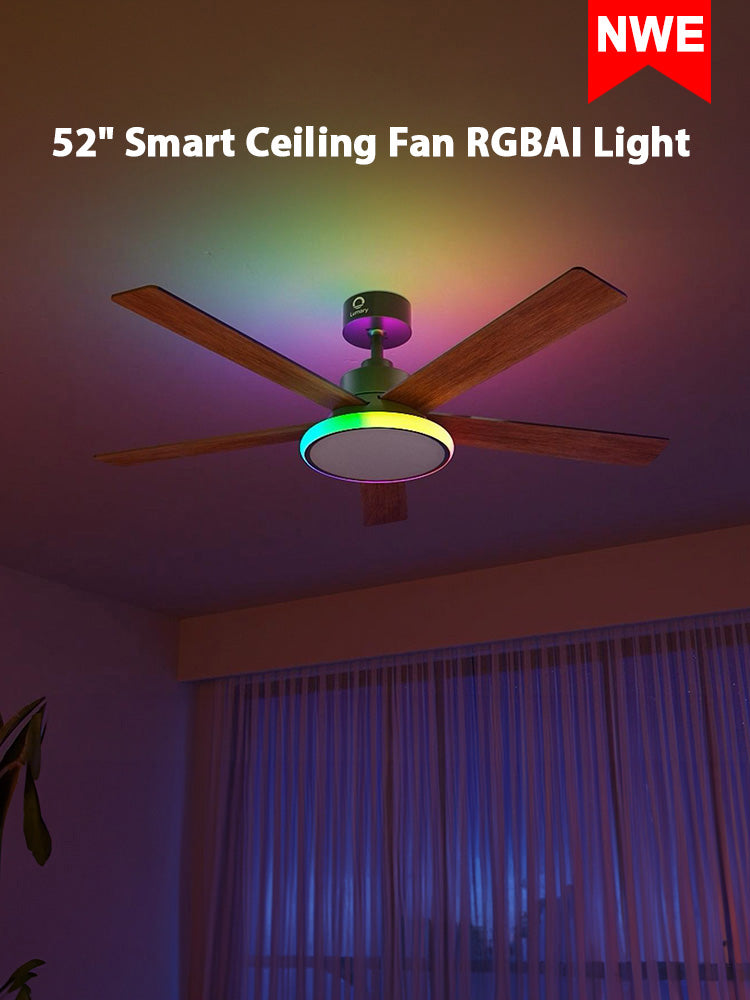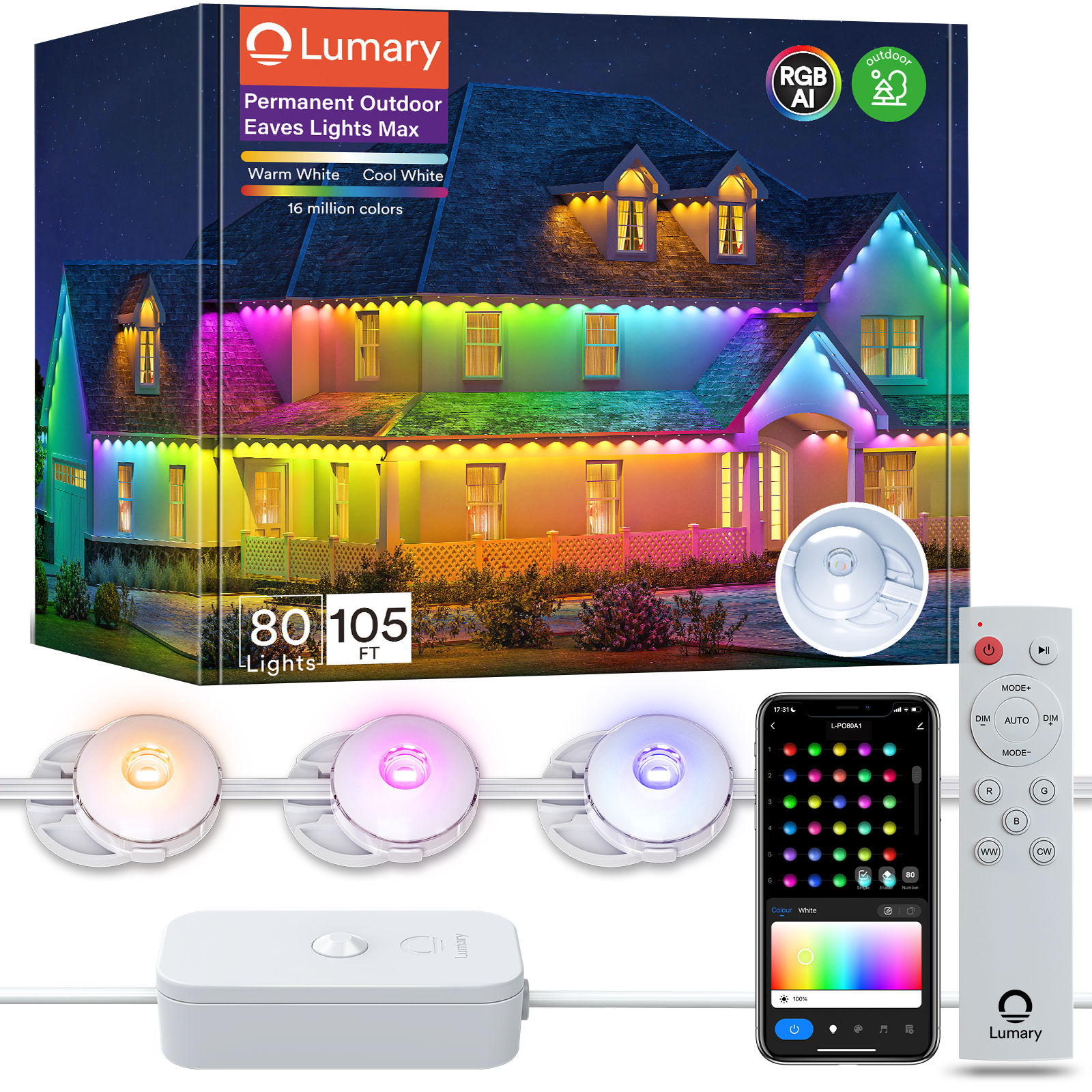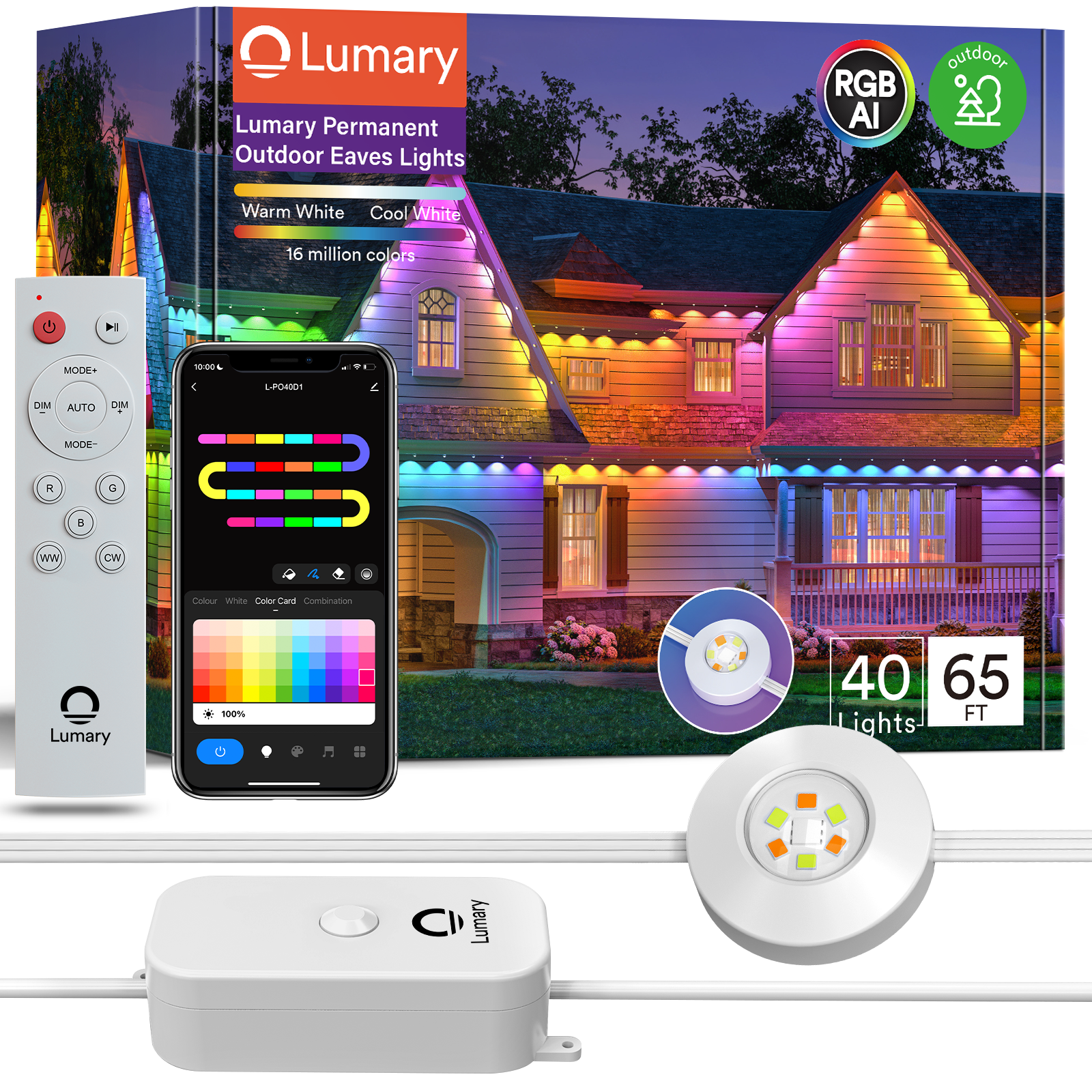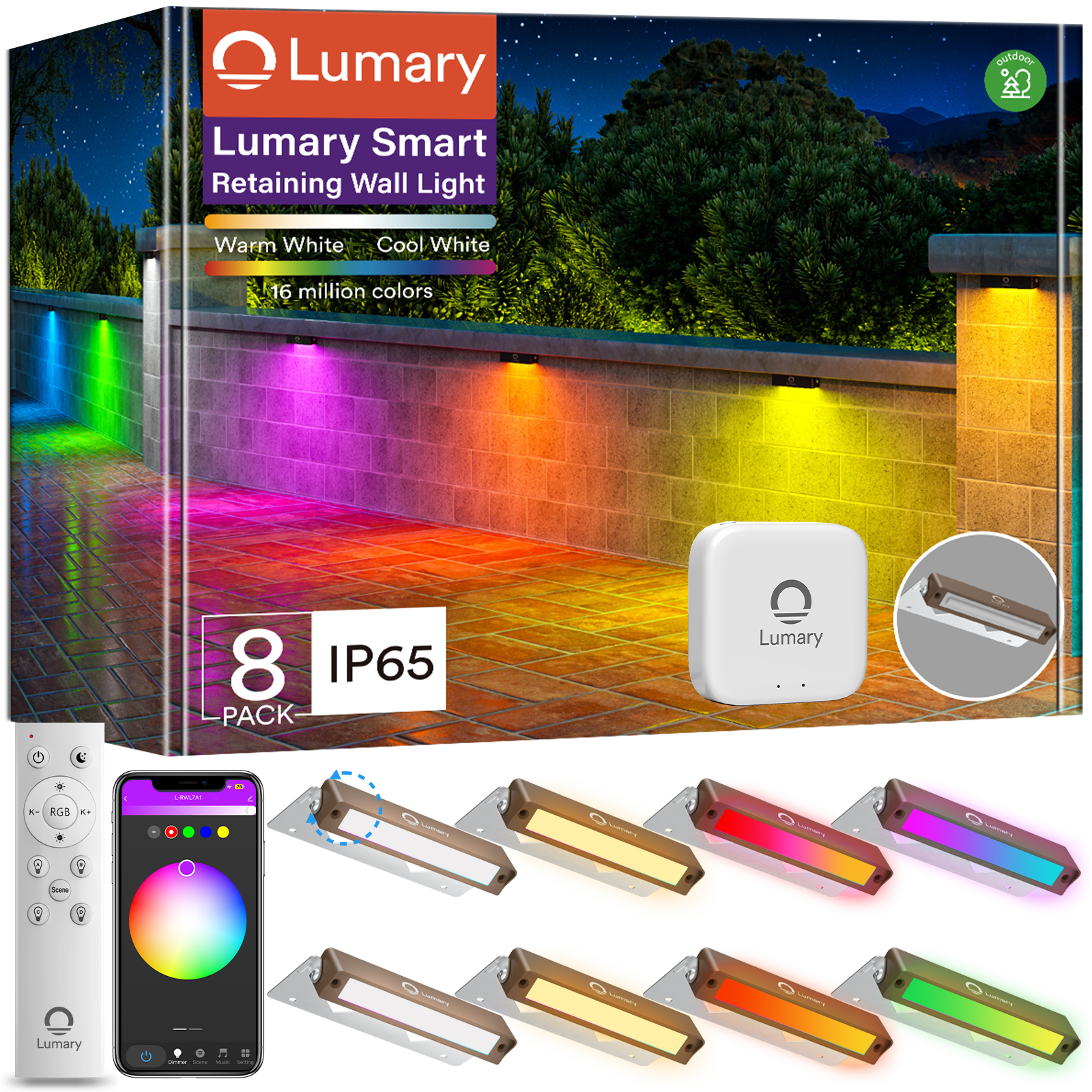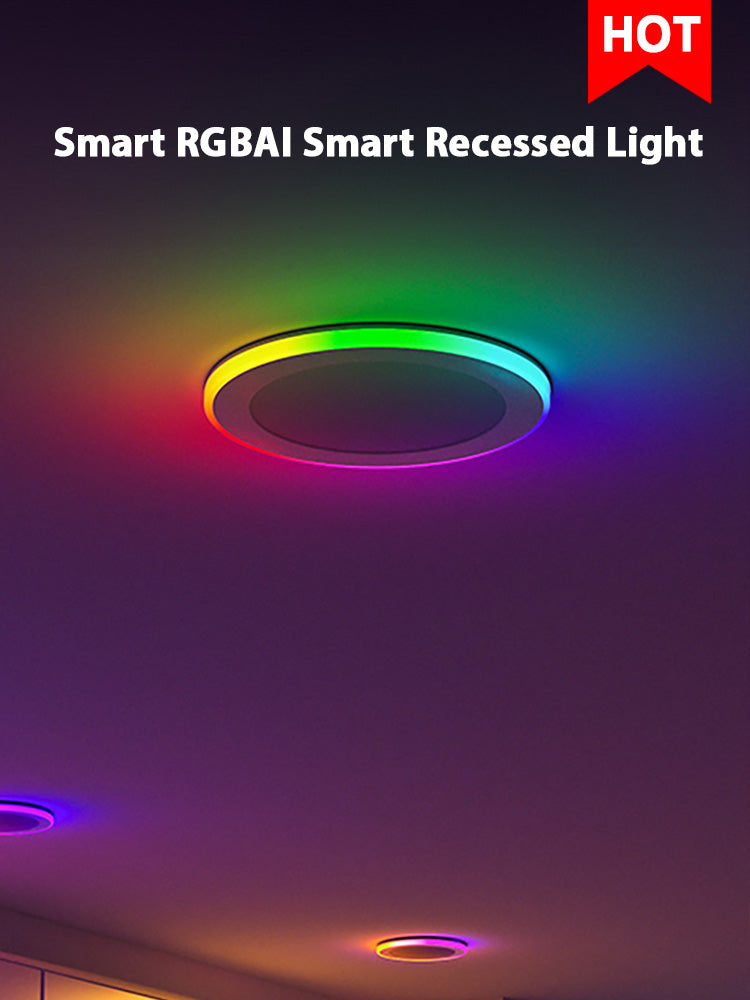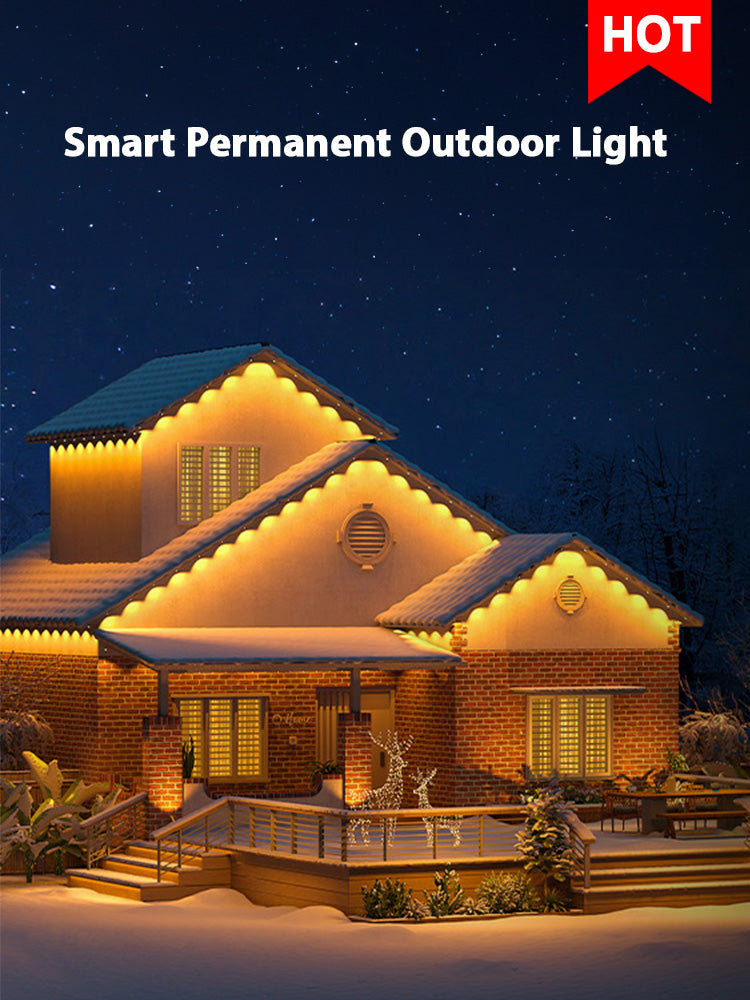Low voltage outdoor light can transform your garden into a magical space. Imagine your pathways glowing softly, guiding guests safely. These lights offer a 7% increase in use over the past five years. LED options provide safety benefits by producing less heat, reducing risks of burns. Proper installation ensures both safety and aesthetics. You can enjoy a well-lit yard without worrying about electrical hazards. The right setup enhances beauty while keeping your family safe. Let's dive into how you can achieve this with ease.
Tools and Materials Needed

Essential Tools
Wire Strippers
Wire strippers will help you remove the insulation from the electrical wires. You need these to ensure a clean and safe connection for your low voltage lighting system. Make sure to choose a pair that fits comfortably in your hand.
Screwdriver
A screwdriver is necessary for securing various components during installation. You might need both flathead and Phillips screwdrivers. Keep these handy to tighten screws on fixtures and transformers.
Shovel
A shovel is essential for digging trenches to bury the cables. You want to ensure the cables are at least six inches deep. This depth follows the National Electrical Code (NEC) guidelines for safety.
Required Materials
Lumary Smart LED Outdoor Landscape Lights
The Lumary Smart LED Outdoor Landscape Lights offer a vibrant display with 16 million RGB colors. These lights can transform your garden into a stunning visual experience. Control each spotlight individually using the Lumary App, voice commands, or remote control.
Transformer
A transformer converts standard voltage to low voltage. This device is crucial for powering your outdoor lighting safely. Ensure the transformer matches the wattage requirements of your lighting system.
Low Voltage Cable
Low voltage cables connect your lights to the transformer. Use a 14-gauge cable for systems totaling 200 watts or less. This cable ensures efficient power distribution to all fixtures.
Planning and Layout
Assessing Your Outdoor Space
Identifying Key Areas for Lighting
Start by walking around your yard. Look for spots that need lighting. Pathways, entrances, and garden features often benefit from illumination. Think about safety. Light up walkways to prevent trips and falls. Consider aesthetics too. Highlight trees or sculptures for a dramatic effect. Identifying these key areas helps you create a balanced lighting plan.
Measuring Distances
Grab a tape measure. Measure the distance between each spot you want to light. Accurate measurements help you plan cable lengths. This step ensures you have enough materials. It also prevents last-minute trips to the store. Knowing the distances makes the installation smoother.
Designing the Lighting Layout
Choosing Fixture Types
Different fixtures serve different purposes. Spotlights work well for highlighting features. Path lights guide guests safely. Decide what each area needs. Consider the Lumary Smart LED Outdoor Landscape Lights for versatility. These lights offer various colors and settings. Choose fixtures that match your style and needs.
Mapping Out Cable Routes
Plan where the cables will run. Avoid crossing paths or gardens. Keep cables hidden for a clean look. Use the measurements you took earlier. This planning prevents tangled wires. A clear route ensures efficient power distribution. Mapping out the cable routes is crucial for a neat and functional setup.
Installation Process
Setting Up the Transformer
Selecting a Location
Choose a spot near an outdoor power outlet for your transformer. Make sure the location stays dry and protected from the elements. An ideal spot would be under a roof or inside a weatherproof box. Keep the transformer close to the main area where you plan to install low voltage outdoor light fixtures. This setup minimizes the length of cable needed, reducing potential power loss.
Connecting to Power Source
Plug the transformer into the outdoor power outlet. Ensure the outlet is GFCI-protected to prevent electrical hazards. Turn off the power before making any connections. Attach the low voltage cables to the transformer terminals. Follow the manufacturer's instructions for precise wiring. Double-check that all connections are secure before turning the power back on.
Laying the Cable
Digging Trenches
Grab your shovel and start digging trenches for the cables. Aim for a depth of at least six inches to comply with safety guidelines. This depth protects the cables from accidental damage. Plan the trench layout based on your lighting design. Keep the trenches straight and avoid sharp turns. This preparation ensures a smooth installation process for your low voltage outdoor light system.
Running the Cable
Lay the low voltage cables in the trenches. Start from the transformer and work towards the fixture locations. Leave some slack in the cables to allow for adjustments. Avoid crossing paths or garden beds to maintain a tidy appearance. Use cable clips or stakes to keep the cables in place. Cover the trenches with soil once the cables are securely laid.
Installing the Fixtures
Positioning the Lights
Decide where each low voltage outdoor light fixture will go. Place path lights along walkways and spotlights near focal points. Adjust the angle and direction of the lights for optimal coverage. Ensure the fixtures are stable and won't tip over. Consider the overall aesthetic and functionality of the lighting arrangement.
Connecting the Fixtures to the Cable
Strip the ends of the cables to expose the wires. Connect the wires to the fixtures using waterproof connectors. Follow the fixture instructions for proper wiring. Ensure a tight connection to prevent water ingress. Test each connection by gently tugging on the wires. Once all fixtures are connected, turn on the power to check the system.
Testing and Adjustments

Powering On the System
Checking for Proper Functionality
Time to see your hard work pay off. Flip the switch on your transformer to power up the system. Watch each light come to life. Ensure every fixture illuminates as expected. If a light doesn't turn on, double-check the connections. Make sure the wires are snug and secure. A little patience goes a long way here.
Adjusting Fixture Positions
Now, step back and admire your handiwork. Notice any areas that need more light? Adjust the positions of the fixtures. Move path lights closer to walkways for better visibility. Angle spotlights to highlight garden features. Small tweaks can make a big difference in the overall look. Keep experimenting until everything feels just right.
Troubleshooting Common Issues
Addressing Flickering Lights
Flickering lights can be frustrating. Start by checking the connections. Loose wires often cause flickering. Tighten any loose screws or connectors. If the issue persists, inspect the transformer. Ensure it matches the wattage of your lighting system. A mismatch can lead to inconsistent power flow.
Ensuring Even Illumination
Uneven lighting can disrupt the ambiance. Look for dark spots or overly bright areas. Adjust the angle of the fixtures to distribute light evenly. Consider adding more fixtures if needed. Sometimes, repositioning a light can solve the problem. Aim for a balanced and harmonious glow across your outdoor space.
Abby shared her experience:
"I love the finished and classy look of landscape lighting, but I assumed it was a difficult and expensive project. It turns out that installing low voltage landscape lighting is easier and cheaper than I thought, and it makes a huge impact on the look of our home after the sun goes down."
Embrace the transformation of your outdoor space. Enjoy the beauty and safety that low voltage lighting brings.
Maintenance Tips
Regular Cleaning
Removing Dirt and Debris
Outdoor lights gather dirt and debris over time. Clean the fixtures regularly to keep them shining bright. Use a soft cloth or brush to wipe away dust and grime. Avoid harsh chemicals that might damage the lights. A gentle cleanser with water works best for most surfaces. Regular cleaning keeps the lights looking new and ensures optimal performance.
Checking for Damage
Inspect the lights for any signs of damage. Look at the wires and connectors closely. Check for frayed wires or loose connections. Damaged parts can cause flickering or outages. Replace any broken components immediately. Regular checks help prevent bigger issues down the line.
Seasonal Adjustments
Adjusting for Daylight Changes
Daylight hours change with the seasons. Adjust the timers on your lighting system accordingly. Longer days in summer mean less need for lighting. Shorter winter days require more illumination. Set the timers to match the current daylight schedule. This adjustment saves energy and keeps your outdoor space well-lit.
Protecting Against Weather Conditions
Weather impacts outdoor lighting. Rain, snow, and wind can affect the fixtures and wiring. Ensure all connections are waterproof and secure. Consider using weatherproof covers for added protection. Trim plants around the lights to prevent interference. Regular maintenance helps the lights withstand harsh conditions. Keep your outdoor lighting system in top shape year-round.
You've now mastered the art of installing low voltage outdoor light. This project transforms your garden into a captivating space. The process is straightforward and budget-friendly. Enjoy the enhanced ambiance and safety that these lights provide. Low voltage lighting offers versatility and energy efficiency. This makes it an excellent choice for any homeowner. Dive into this DIY project and watch your outdoor area come alive. The beauty and functionality of your space will shine brightly.

